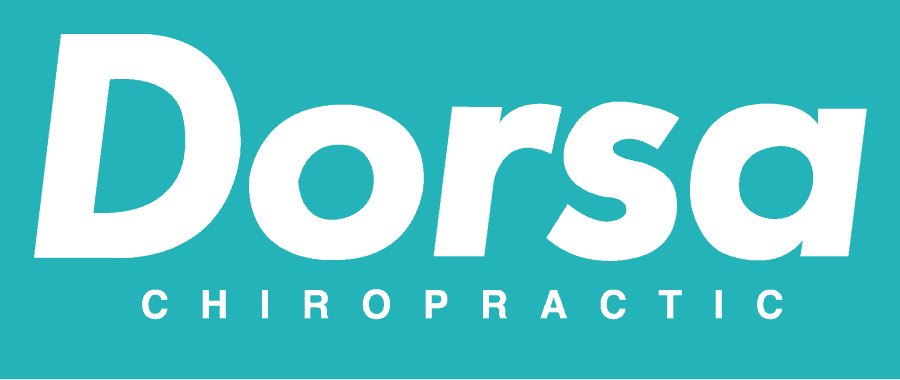In chiropractic care, the Active Release Technique (ART) has emerged as a powerful and effective approach to rehabilitation after injuries. Whether you’re recovering from a sports-related incident, a workplace mishap, or an accident, ART plays a crucial role in promoting healing, restoring mobility, and preventing chronic issues. When you visit Dorsa Chiropractic, our entire staff will take time to understand your unique wellness needs. We offer therapies for auto injuries, sports injuries, strains, aches, pains, overall wellness, prenatal wellness and more. One of the therapies on our roster that we’re especially proud to be able to share with our clients here in Denver is a therapy called active release technique. In this article, we’ll delve into the key aspects of how ART contributes to the rehabilitation process and aids in the recovery journey.
Understanding Active Release Technique (ART)
Before we explore its role in rehabilitation, let’s take a moment to understand what Active Release Technique entails. ART is a specialized form of soft tissue therapy that focuses on identifying and treating adhesions or scar tissue in muscles, tendons, ligaments, and nerves. These adhesions can develop due to overuse, trauma, or repetitive motion, leading to pain, restricted mobility, and dysfunction.
ART is performed by skilled chiropractors or healthcare professionals who use their hands to apply specific tension and pressure while the patient moves through specific motions. This process helps break down scar tissue, release muscle tension, and restore the natural movement of tissues.
The Rehabilitation Process
Injuries can vary widely, from acute strains and sprains to chronic overuse conditions. Regardless of the nature of the injury, the rehabilitation process is crucial for a full and effective recovery. Traditional rehabilitation often focuses on strengthening exercises, stretches, and other modalities, but ART brings a unique perspective to the table.
- Targeted Treatment for Specific Injuries: ART is highly adaptable and can be tailored to address the specific needs of different injuries. Whether it’s a rotator cuff tear, a hamstring strain, or a repetitive stress injury, chiropractors trained in ART can pinpoint the affected areas and apply the technique with precision. This targeted approach accelerates the healing process and minimizes the risk of secondary issues.
- Reducing Scar Tissue Formation: Scar tissue can be a significant impediment to recovery. It not only limits range of motion but can also lead to chronic pain and dysfunction if left untreated. ART is particularly effective in breaking down scar tissue, promoting proper healing, and preventing the formation of adhesions that could impede rehabilitation progress.
- Restoring Range of Motion: One of the primary goals of rehabilitation is to restore normal range of motion in the affected areas. ART’s focus on releasing tension and improving tissue mobility aligns seamlessly with this objective. By addressing restrictions in muscles, tendons, and ligaments, ART enhances flexibility and range of motion, allowing patients to regain normal function more quickly.
- Pain Management: Pain is a common companion in the aftermath of an injury. ART doesn’t just address the physical aspects of injury but also contributes to pain management. By alleviating muscle tightness, reducing inflammation, and promoting proper healing, ART can significantly reduce pain levels, allowing individuals to engage more comfortably in their rehabilitation exercises.
Complementary Nature of ART and Traditional Rehabilitation
While ART offers distinct benefits, it is not intended to replace traditional rehabilitation methods. Instead, it complements these approaches, creating a synergistic effect that enhances overall outcomes. When incorporated into a comprehensive rehabilitation plan, ART can amplify the effectiveness of other modalities.
- Integration with Strengthening Exercises: Strength training is a cornerstone of many rehabilitation programs. ART can be seamlessly integrated with strengthening exercises by addressing soft tissue restrictions that may hinder proper muscle engagement. This integration ensures that as strength is regained, the associated soft tissues are flexible and responsive, reducing the risk of re-injury.
- Preventing Recurrence: One of the challenges in rehabilitation is preventing the recurrence of injuries. ART plays a proactive role in this aspect by not only addressing current issues but also identifying and treating potential areas of concern. By enhancing tissue resilience and promoting balanced muscle function, ART contributes to long-term injury prevention.
- Faster Recovery Timelines: Time is often of the essence in rehabilitation. The quicker and more effectively an injury is addressed, the faster the recovery process. ART’s ability to target specific areas of dysfunction expedites the healing timeline, allowing individuals to return to their normal activities with reduced downtime.
In the landscape of rehabilitation after injuries, the Active Release Technique stands out as a dynamic and effective approach. Its ability to precisely target and treat soft tissue issues, reduce scar tissue formation, restore range of motion, and complement traditional rehabilitation methods makes it a valuable asset in the hands of skilled chiropractors and healthcare professionals.
As individuals seek holistic and proactive approaches to their health, the integration of ART into rehabilitation plans continues to gain recognition. By understanding the unique role ART plays in the recovery process, individuals can make informed decisions about their care and embark on a journey toward not just recovery, but optimized well-being. Whether you’re an athlete aiming to return to peak performance or an individual recovering from a workplace injury, consider the transformative potential of Active Release Technique in your rehabilitation strategy.

Welcome to Dorsa Chiropractic. We started this practice to help people like you feel great!
When you visit us here at Dorsa Chiropractic, we’ll go over your injury, pain points, or general wellness goals. Our doctors will conduct an assessment to verify the root of your physical symptoms to come up with a plan for bringing your body back to health.

